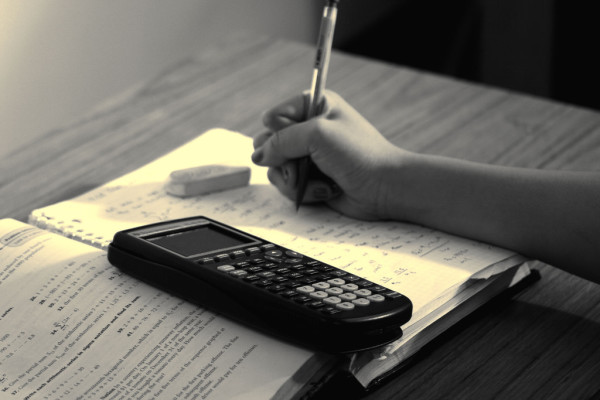Often times while studying students find themselves staring at the same sentence for minutes on end. Although many of these students lament their inability to focus, researchers at the University of Texas at Austin have uncovered an interesting twist to this dilemma: the right type of mental rest can actually boost learning.
But what is the “right type” of mental rest? Margaret Schlichting, a graduate student researcher, along with Alison Preston, an associate professor of psychology and neuroscience, set out to find the answer. The duo designed a study, in which participants were given a series of associated photo pairs, and asked to memorize them. In this, participants were given associated photo pairs regarding similar subjects (animals, sports, cars, etc.), and asked to pair them up after a length of time. Between the tasks, the participants were allowed a mental break. The results were remarkable; the participants that reflected about what they had learned remembered much more of the given information.
Image Source: Astronaut Images
Prior to this fascinating study, scientists assumed that this sort of reflection would lead to retroactive interference; that is, it would hinder the brain’s ability to adequately retain past information. This research, however, has proven the opposite and may lead to breakthroughs in education. For example, a neuroscience professor at a university may teach students how neurons communicate in the brain by likening it to an electric power grid, thereby associating the conductivity of electrical wires to neuron communication in order to help students remember this new concept.
Due to the tremendous success, this study has proven to be in adults, Schlichting and Preston now plan to test whether this dynamic also applies to children.
Feature Image Source: “Studying” by Steven S. is licensed under CC BY 2.0










